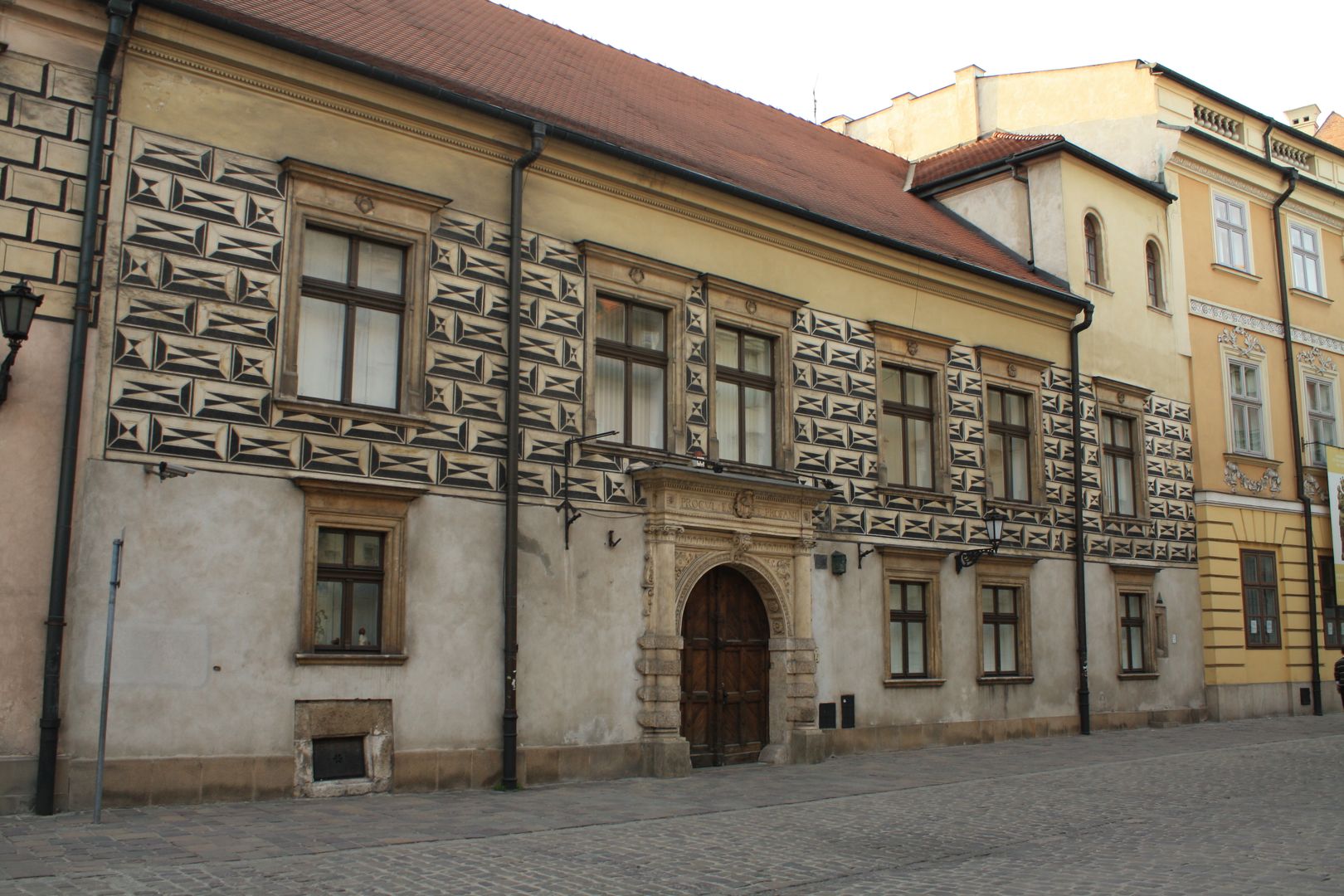Canonic Street in Krakow
6.78

Overview
Canonicza Street in Kraków, considered the oldest in the city, is surrounded by unique buildings with rich history, architecture, and cultural heritage. Tenement No. 17, housing a branch of the National Museum, was built at the turn of the 15th and 16th centuries by merging earlier houses. Tenement No. 7, known as the House Under the Three Crowns, has its roots in the 14th century and is an example of Gothic-Renaissance architecture, featuring elegant windows and a distinctive portal inscribed with a verse from Psalm 27. The Tenement of Mikołaj Poraj (No. 11), dating back to the 15th century, was rebuilt in the Classicist style in the 19th century, and its façade is adorned with Napoleonic eagles. The Palace of Samuel Maciejowski (No. 1), constructed between 1531 and 1532, combines Gothic and Renaissance elements and currently houses the Faculty of Architecture of the Kraków University of Technology. The Knights' House (No. 6), from the 14th century, testifies to Kraków's Gothic heritage and remains church property. The Górka Palace (No. 24), from the second half of the 16th century, was transformed in the Mannerist style. Interestingly, it once housed a telegraph office, which gave rise to its name. The Palace of Bishop Florian of Mokrsko (No. 18) and the Dean's House (No. 21) impress with their Renaissance architecture, decorated portals, and sgraffito; the latter now serves as the seat of the Archdiocesan Museum. Tenement No. 9 is an example of the remodeling of a Gothic house in the 16th century, while the Chapter House (No. 5), associated with Jan Długosz and his will, underwent a series of transformations, including Neorenaissance changes in the 20th century. The Tenement Under the Little Angels (No. 2), from the second half of the 16th century, stands out with its crenellated attic, and the Grochowa Bursa (No. 3) offers a former student residence, now owned by the Metropolitan Chapter. It features a Baroque portal and rich architectural details. Tenement No. 15 is a historic building with a restaurant, while the Archdiocesan Museum (No. 19) attracts tourists with its history and connections to Karol Wojtyła, who lived there. Each of these tenements tells the story of Kraków, showcasing its changes over the centuries and its cultural heritage, making this street a unique place in the heart of the city.
Location
Tickets
Powered by GetYourGuide
2025 Wizytor | All Rights Reserved